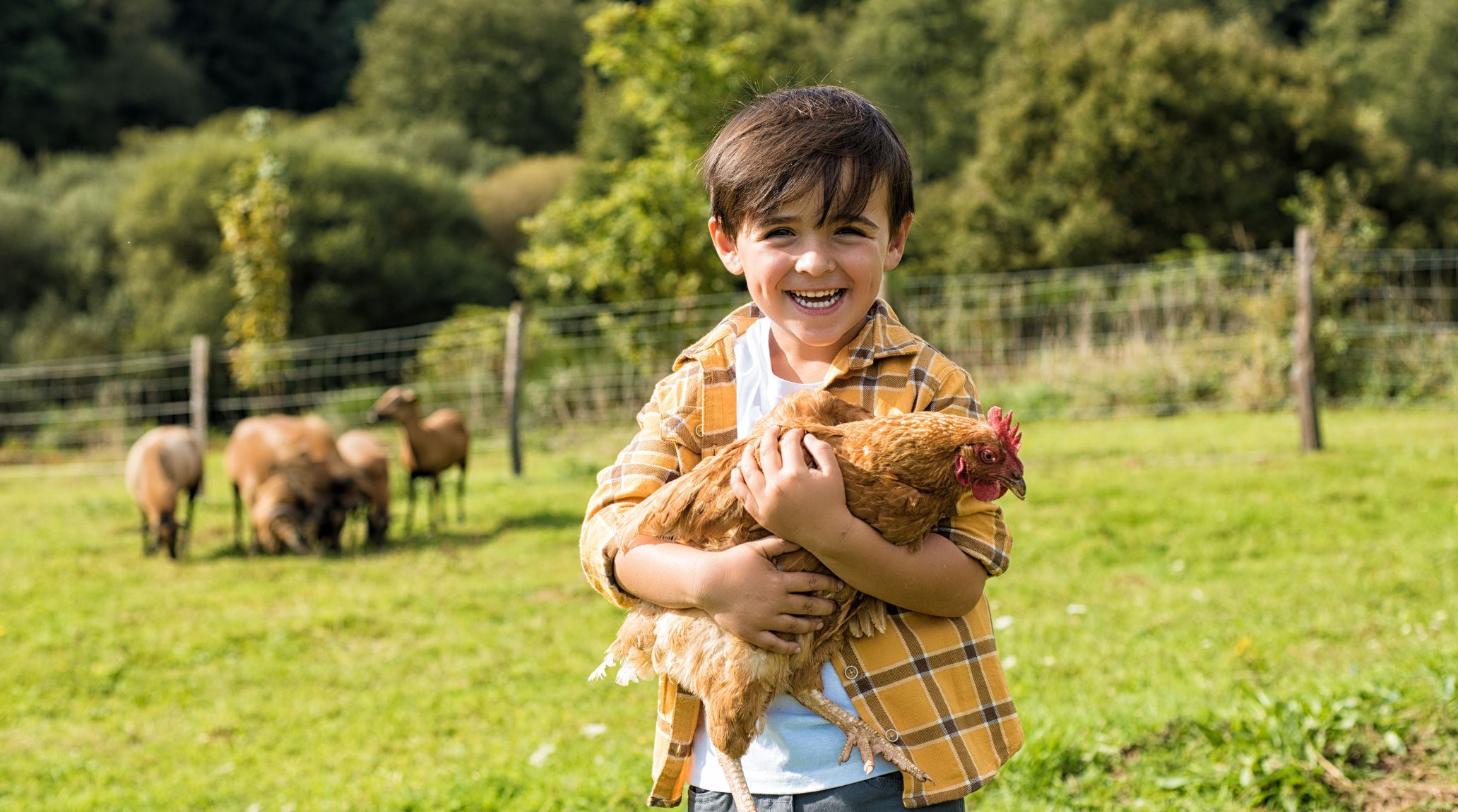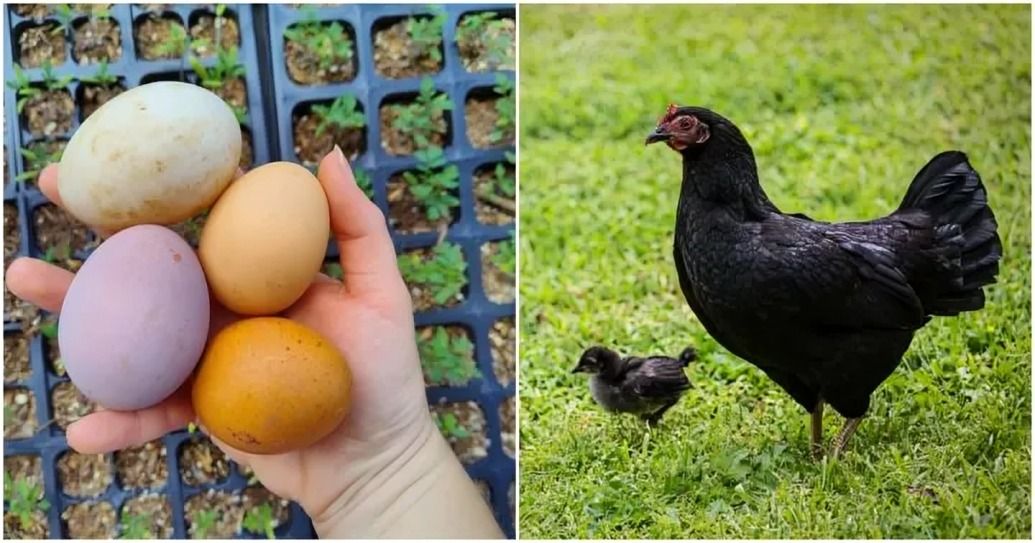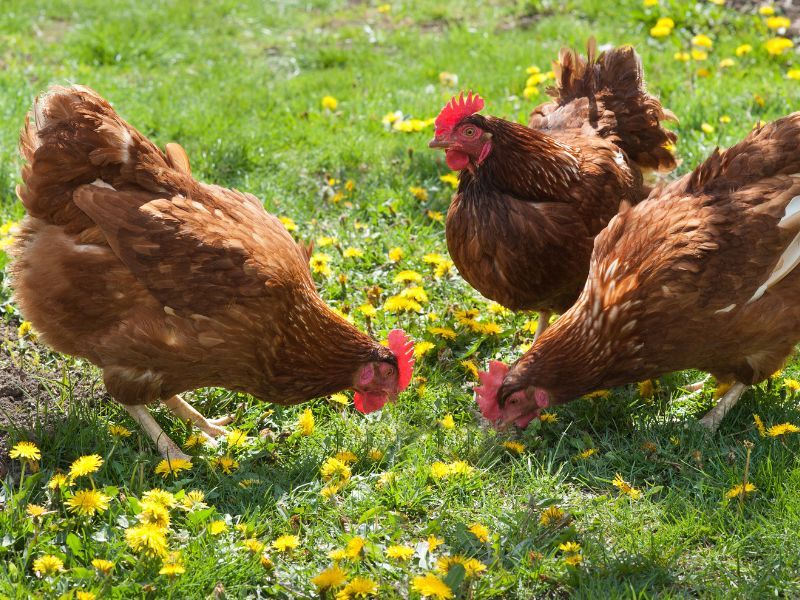
“
Chickens, often underestimated in their complexity and significance, and are remarkable creatures with a rich history intertwined with human civilization. From their humble origins as wild junglefowl to their domestication across millennia, chickens have evolved into diverse breeds with unique traits and behaviors. In this blog post, we delve into 20 fascinating facts about chickens, shedding light on their social structures, cognitive abilities, and cultural symbolism. Prepare to be amazed by these feathered marvels and their intriguing contributions to our world.1
1
”
Chickens trace their lineage back to the wild red junglefowl native to Southeast Asia. Over 8,000 years ago, these fowl were domesticated, marking the beginning of the modern chicken. 1
Chickens have three eyelids and a distinctive alarm call for predators. Roosters can crow up to a mile away, marking their territory and alerting others to potential dangers in their surroundings, ensuring their flock's safety. 2
Chickens have impressive memory capabilities, able to remember over 100 different individuals, including humans. They also navigate using Earth's magnetic field, showcasing their remarkable spatial awareness and adaptability to their environment. 3
Social animals by nature, chickens prefer living in flocks of up to 30 birds. They can run at speeds of up to 9 miles per hour, helping them escape predators and navigate their living space effectively. 4

Certain chicken breeds lay blue or green eggs, a result of a pigment called oocyanin. Chickens also have well-developed senses of taste and smell, which aid in foraging and distinguishing between different foods.
Hens communicate with their chicks even while they are still inside the eggs. This early communication helps the chicks recognize their mother's voice and prepares them for hatching and post-hatching bonding. 5
Chickens can live for more than 10 years and possess specialized stomachs called gizzards for grinding food. The color of a chicken's earlobes can indicate the color of the eggs it lays, providing useful breeding information. 6
Chickens, like humans, experience rapid eye movement (REM) sleep, which is associated with dreaming. This means that chickens are capable of dreaming during their sleep, revealing a fascinating aspect of their cognitive abilities. 7
Chickens have better color vision than humans, seeing a broader spectrum including ultraviolet light. This advanced perception aids in foraging and recognizing their surroundings, giving them a more detailed view of their environment.8
Chickens do not experience a pregnancy period like mammals. Instead, they lay eggs approximately 25 hours after mating, with eggs requiring about 21 days of incubation to hatch, either naturally or in an incubator. 9
The highest verified egg-laying rate is 371 eggs in 364 days, achieved by a White Leghorn (No. 2988) in a test conducted by Prof. Harold V. Biellier, ending on August 29, 1979, at the University of Missouri, USA. 10
Aviculture refers to the practice of keeping chickens. With more chickens worldwide than any other bird species, they play a significant role in agriculture and domestic settings around the globe. 11

Chickens are omnivores rather than herbivores. They eat a variety of foods, including seeds, insects, and small animals. This diverse diet helps them get essential nutrients and maintain good health.
Some chickens can lay over 300 eggs per year and can form strong bonds with their human caretakers. Their high egg production and social nature make them valued companions in both agricultural and domestic settings. 12
Chickens express a wide range of emotions, including happiness, fear, and curiosity. They have been utilized in therapy programs for disabilities and mental health, demonstrating their ability to connect with and comfort people.13
The oldest recorded chicken lived to be 16 years old. Chickens also adopt orphaned chicks and protect their eggs and young from predators, symbolizing renewal and protection. 14
The White Sully is the heaviest chicken breed, developed by Grant Sullens in California. The largest known rooster, named Weirdo, weighed 10 kg (22 lb) in January 1973. He was notably aggressive, having killed two cats and injured a dog. 15
Chickens use over 30 different vocalizations to communicate with each other. These sounds can indicate various things, such as food availability, warnings of predators, or social interactions within the flock. 16
Chickens can see infrared light, which is invisible to humans. This ability allows them to detect heat signatures, helping them find warm areas or spot predators hiding in the dark. 17
Chicken feathers are structured to be both lightweight and insulating. This feather structure allows chickens to maintain body temperature effectively, even in varying weather conditions, enhancing their survival in different climates. 18


